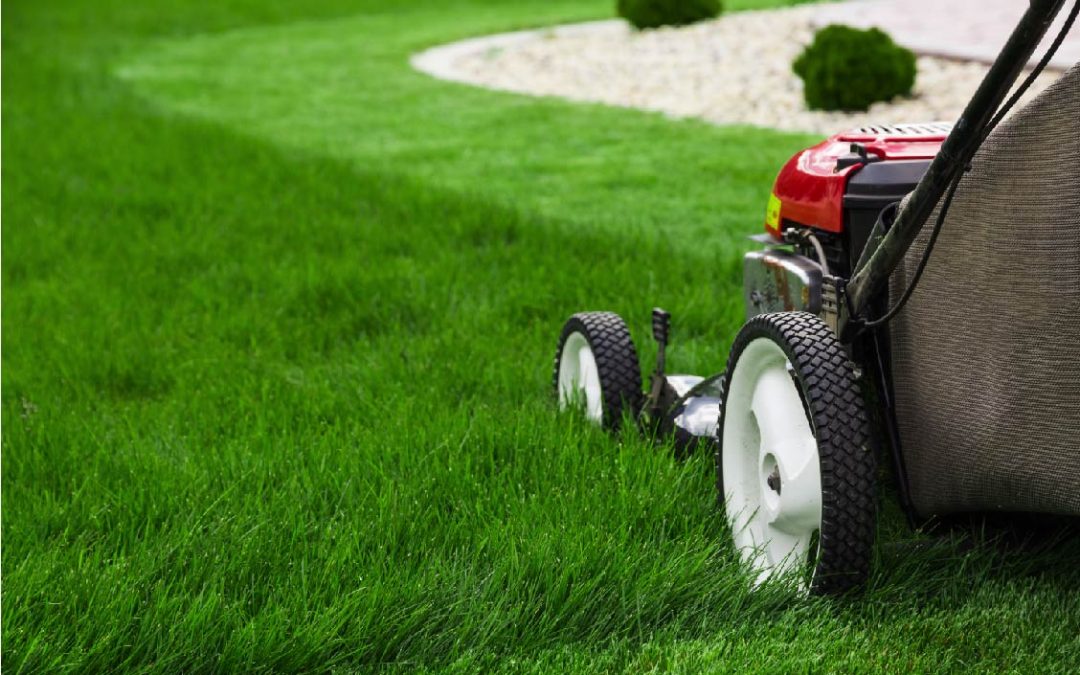With summer here, most of us are spending more of our weekly chore-time outside maintaining our yard. Lawnmowers are useful tools that make the job easier. But keep in mind, they are also powerful machinery with sharp blades that can cause serious injuries.
According to the Consumer Product Safety Commission, more than 274,000 people were treated for lawnmower injuries in 2015. Lacerations are the most common injury, followed by fractures. Lawnmower accidents account for a large percentage of partial and complete amputations. In addition, a mower can eject a piece of metal or wood up to 100 miles per hour, putting anyone nearby at risk.
However, with careful preparation, attention to the task at hand and some common sense lawnmower accidents can be prevented.
What steps can you take to stay safe when mowing?
- Make sure you know what you are doing before you even start. Read your user’s manual and instructions.
- Check your mower to ensure that it is in good working condition. Protective guards, shields, the grass catcher, and other types of safety equipment need to be placed properly on the lawnmower.
- Gas up before beginning, as it’s much safer to add gas when your engine is still cool. Make any adjustments to the deck, etc.
- If you are using an electric mower, use a ground fault circuit interrupter to prevent electric shock.
- Check the area you are going to mow before starting. Pick up any sticks, trash, debris that could end up becoming a projectile or damaging your lawnmower. If the mower strikes an object, stop, turn the mower off, and inspect the mower. If it is damaged, do not use it until it has been repaired.
- Protect your body – feet and eyes in particular. Sturdy boots or shoes and safety glasses of some sort should be made use of. And don’t forget some sort of hearing protection.
- Make sure children and pets are out of the way while you are mowing. Always be alert for animals or people that may come into the area while doing your work.
- Be smart about when and where you mow. Don’t mow during thunderstorms or when it’s dark out. Don’t mow wet grass. If you must mow slopes, mow parallel to the slop, using a walk-behind push-mower. Avoid pulling a mower backward.
- If using a riding lawnmower, don’t let others try and ride on the rider with you, especially children.
- Don’t forget to stay hydrated, and take frequent breaks, if mowing in the heat.
A note on kids and lawnmowers
Mowing the lawn is a rite of passage for a lot of kids over the summer. It’s a chore parents love to pass on and for many teens, it’s their first job.
But when are they old enough to be safe?
The American Academy of Pediatrics suggests children should be at least 12 years old to operate a walk-behind power mower or hand mower safely and 16 years old to operate a riding lawnmower safely.
In either case, parent support is a must. Before you allow your child to mow the lawn, teach him or her all about the machinery and then spend time showing him or her how to do the job safely. Supervise your child’s work until you are sure they can manage the task alone.
For more summer-time safety advice, contact info@tss-safety.com.

